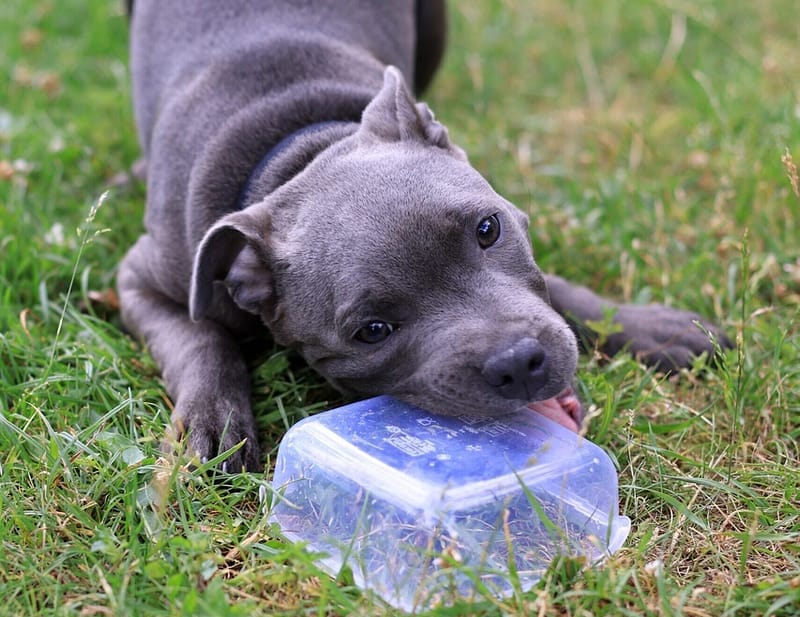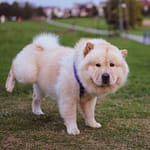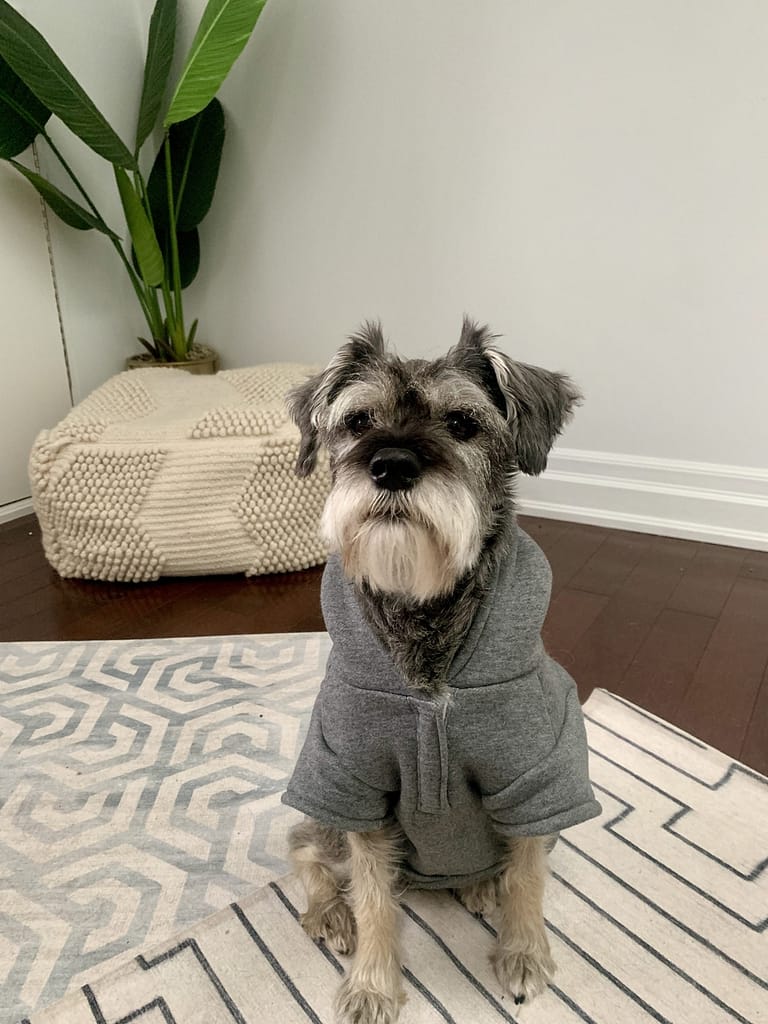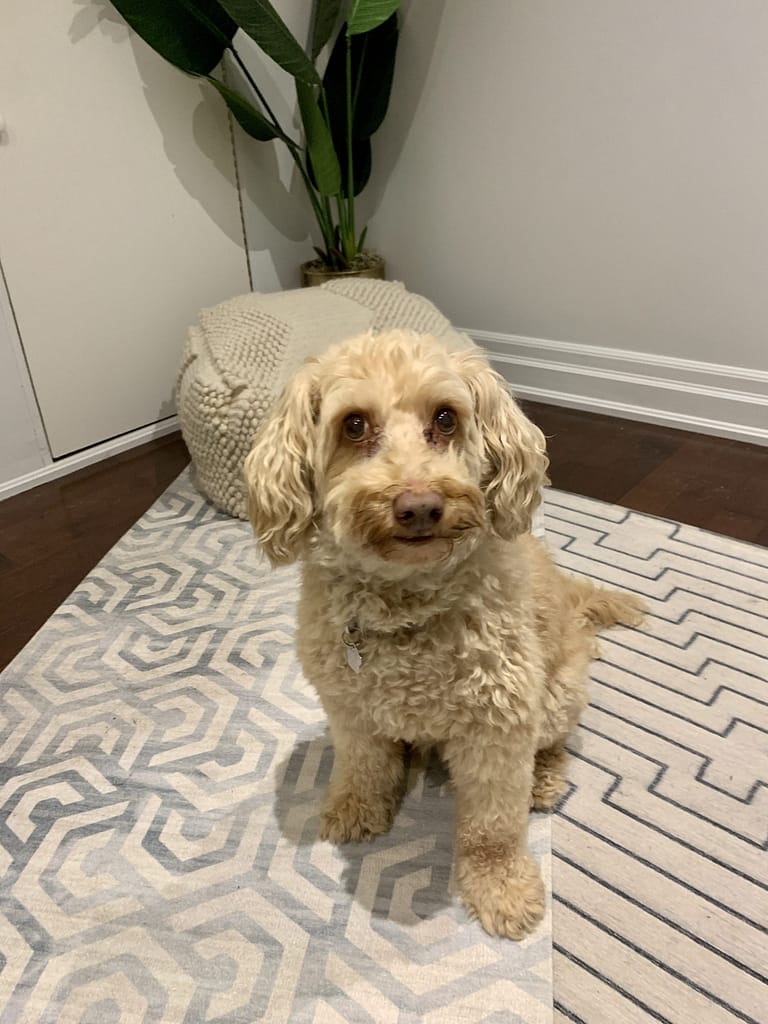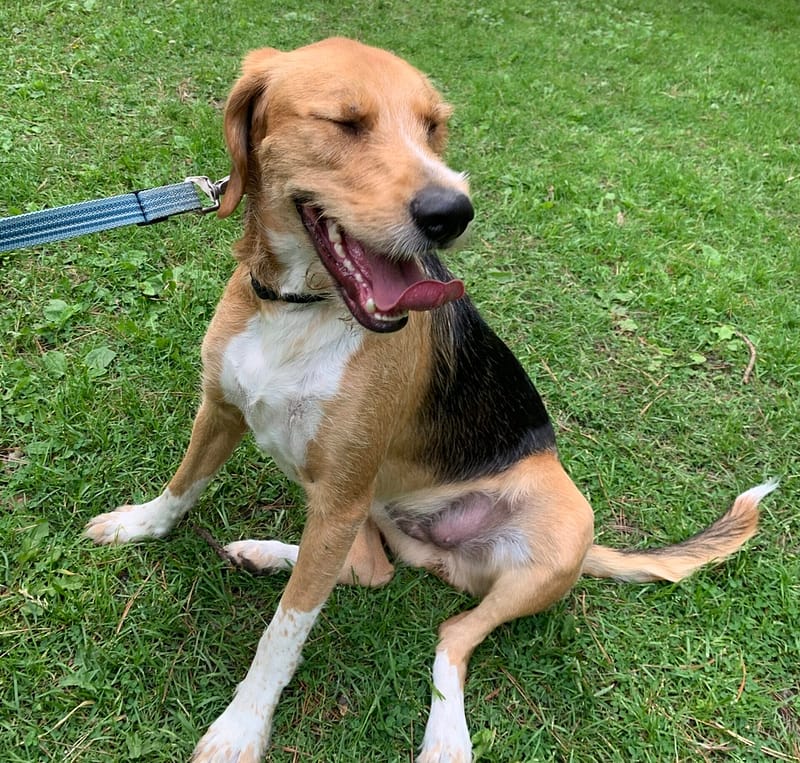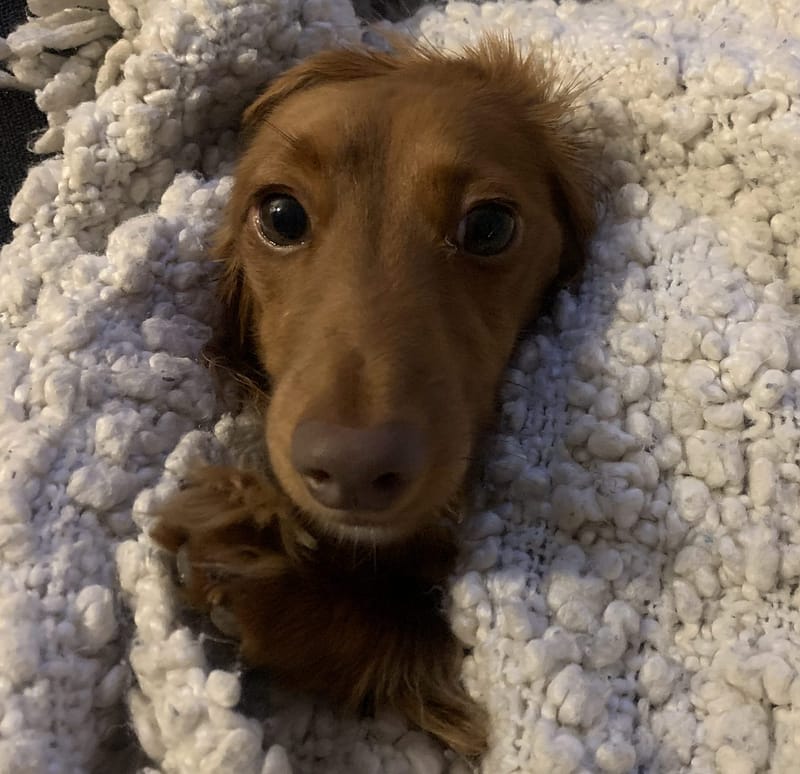Whoever said, “If you pick up a starving dog and make him prosperous he will not bite you,” clearly never owned a puppy! Puppy parents may agree that puppies bite, regardless of whether they are starving or well fed or playful or sleepy or if they want to go potty.
Why do puppies bite?
Puppies start biting when they are old enough to teethe and primarily to test the texture of an object. During the teething phase, their baby teeth start falling out and their permanent adult teeth start erupting. This makes their gums sore which may make them frustrated and want to sink their teeth into anything and everything they can find. This phase is when puppy biting is usually at its worst.
Biting is also a way of expression, interaction and play in puppies. Play biting is usually preceded by a play bow or a couple of quick jumps. Nipping and biting behavior is one the ways they socialize and learn about their environment.
Unfortunately, with us, their favorite bone is in our arms!
9 ways to deal with puppy biting
There are several ways to tackle puppy biting. Every pup may respond to a different technique depending on what motivates them.
1. Redirection
Redirection is a technique by which a puppy is distracted from one activity to the other. It is the easiest and one of the most humane ways to get a puppy to temporarily stop biting. When redirecting a biting puppy, you could use a toy, an edible chew or anything else that the puppy would love sinking his teeth into.
Your puppy may not stop biting completely anytime soon. Redirection is an effective way to deal with this behavior because it doesn’t focus on completely forbidding the dog from biting. It provides the puppy with desirable outlets to vent teething frustration.
One of the best way to ensure quick redirection is to always have a toy in your hand while interacting with a mouthy pup.
2. Teach bite inhibition
The bite inhibition technique focuses on teaching puppies to reduce bite pressure so as to not break skin. It is also an excellent way to teach dogs to communicate warning signals and gentle corrections without hurting anyone in anyway.
A puppy that doesn’t know bite inhibition doesn’t recognize the sensitivity of human or animal skin. Because of this, they may bite too hard, even in play. Bite inhibition can be taught by letting the puppy bite into the human skin and correcting the pup just as it starts hurting. The best time to do this exercise would be when the puppy starts losing their sharp baby canines.
3. Provide ample outlets
The puppy biting phase will last a few weeks; more if the puppy adopts nipping and biting as a fun way to interact and play. Trying to completely eliminate the behavior may only result in added frustration for the puppy primarily because of lack of outlets.
Allow your puppy to sink their teeth into a variety of surfaces, including but not limited to rope toys, wood toys, rubber chews, cloth toys and canine-friendly plastic toys. Doing so will also help your puppy learn and differentiate desirable surfaces to bite from the undesirable ones and fulfill their inherent need to chew.
4. Ensure adequate amounts of exercise
Puppies, no matter the breed, need some amount exercise. Without ample amounts of it, they are bound to get bored, frustrated and develop behavioral issues, excessive mouthing being one of them. Exercise is highly underrated when raising a puppy. The right quality and quantity of exercise has the ability to nip over 70% of dog behavioral issues in the bud.
There is a major difference in the jaw pressure of a well stimulated dog vs an under exercised dog. The former has already received enough and more outlets for teething frustration whereas the latter is still looking for one.
5. Prepare yourself for the worst times of the day
Puppies are generally at their most playful self early in the morning and in the evening. This is when they would want to harness their pent up energies and explore and interact with everything around them. This often leads to overstimulation that translates into undesirable behavior like excessive biting, jumping, barking etc.
Make sure to be aware of your puppy’s most active times during the day. Be prepared to engage your dog in physical activities during this time and potentially deal with puppy biting while playing with them. Have toys and treats ready for redirection. Consider having your dog on a leash for better control.
6. Enable healthy socialization with well-trained dogs
Socialization is a crucial part of a puppy’s life. Puppies learn a lot just through interacting with other people and animals, especially other dogs. However, picking the right dogs to socialize with is equally important for effective training and learning.
Well mannered and calm older dogs that are capable of giving corrections and drawing boundaries make perfect play mates for puppies. They teach puppies to apply the right amount of jaw pressure while playing and not go overboard with their bite fest. The right company will help your pup learn bite inhibition and the right way to interact and play.
7. Use the leash as a way to communicate
Besides being a walking tool, a leash, when used correctly, is also an excellent communication tool in all kinds of scenarios. Physically pushing your pup away when they get mouthy or trying to physically hold them down are sure shot ways to get bitten and further agitate your puppy.
Leashes help in simplifying things and draw boundaries while effectively keeping the human hand safe. It helps in controlling puppy biting, curbing hyperactivity, and putting a stop to other undesirable behaviors like excessive jumping.
8. Positive reinforcement is key
Yelling or startling your puppy with loud noises while they are biting are good ways to make them let go of your arm and stop the biting temporarily. But once your puppy loosens their jaw grip, the most important thing that must follow is positive reinforcement through verbal praise.
Any type of correction must ALWAYS be followed up with positive reinforcement. This will help discourage bad behaviors and at the same time encourage good ones. Teaching a puppy what to do instead of just saying “No” is an excellent way to get desirable results faster.
9. Time outs
A time out essentially means isolating a puppy immediately after the unwanted behavior has occurred multiple times. An example of this is tethering your mouthy pup to the door, away from everyone with no access to toys or food. Make sure to limit time out to just a few minutes. Excessively long time outs may make the dog anxious and defeat the purpose of it altogether.
Time outs may seem like a punishment, but they help puppies calm down and prevent overstimulation.
How long does the puppy-biting phase last?
Puppy biting phase begins when a puppy starts teething, ie, at the age of 10-12 weeks and may last a few months depending on several things like the number of outlets provided, the quality of training provided, positive reinforcement, the quality and quantity of play that the puppy is engaging in and the intensity of teething.
If your puppy ends up feeling rewarded in any way after biting into your skin, the behavior may last much longer.
Remember that your puppy is going through a phase that is equally frustrating for them. It may be an undesirable behavior to the human eye, but it is just something that comes naturally to your puppy. Work with your puppy and not against them.


